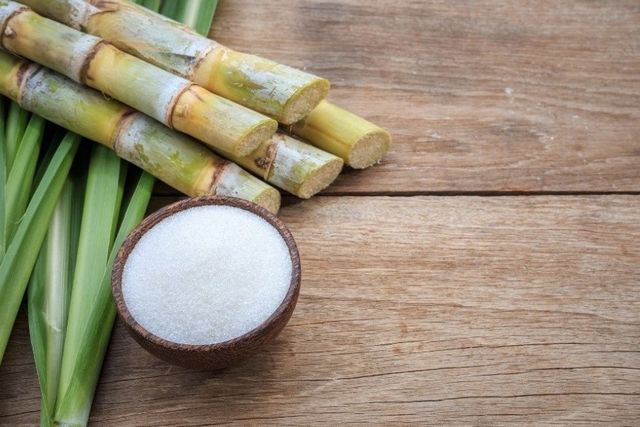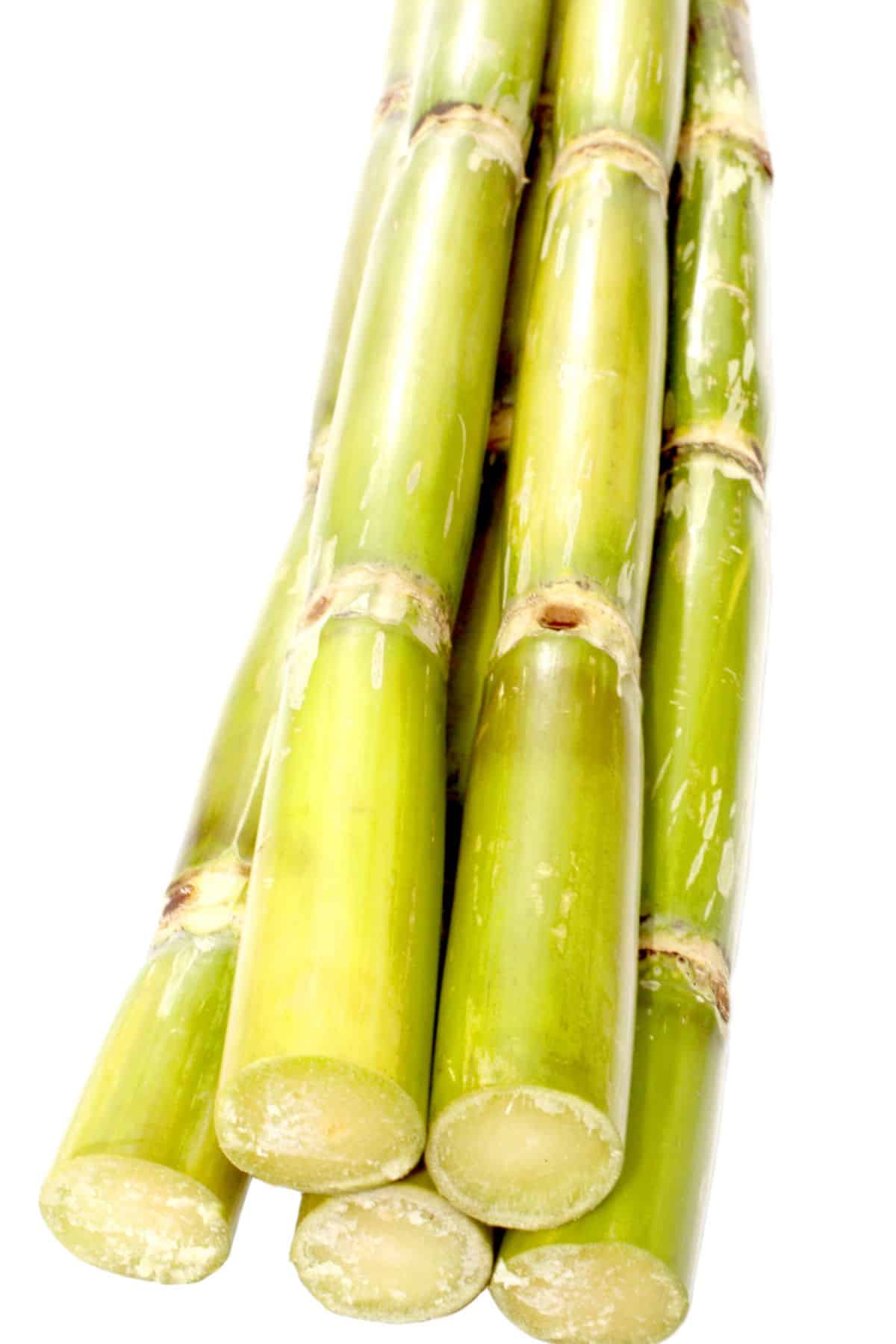An In-Depth Overview to the Environmental Effect and Sustainability Practices in Cane Sugar Processing
The ecological effect of walking cane sugar processing provides a complex variety of challenges that warrant cautious examination. From soil degradation and extreme water use to the carbon footprint connected with growing and manufacturing, the consequences of typical techniques are far-ranging. On the other hand, the adoption of ingenious sustainability actions supplies a path toward a lot more liable production methods. Comprehending the interaction in between these issues is essential for stakeholders in the market. What details practices can be carried out to strike an equilibrium in between productivity and environmental stewardship? The responses hinge on a more detailed take a look at both the obstacles and possible services.
Overview of Walking Stick Sugar Processing
Walking stick sugar handling entails a collection of systematic actions that change sugarcane into refined sugar. Originally, collected sugarcane is transferred to processing facilities, where it undergoes cleansing to get rid of dirt and debris. Following this, the walking stick is crushed to remove juice, which is then clarified by getting rid of contaminations via heating and the addition of lime.
The made clear juice undergoes dissipation, where water is gotten rid of to concentrate the sugar material. This focused syrup is then taken shape with cooling, allowing sugar crystals to create. These crystals are divided from the remaining syrup making use of centrifugation, resulting in raw sugar. To accomplish polished sugar, the raw item undertakes additional purification processes, which may include cleaning and filtering to eliminate staying contaminations and color.
The final product is after that dried out and packaged for distribution. Throughout this entire procedure, keeping efficiency and high quality control is important to guarantee the sugar satisfies sector standards. Each action in walking stick sugar handling not only contributes to the end product however additionally has implications for source usage and waste generation, establishing the stage for discussions on sustainability and ecological impacts related to sugar manufacturing.
Ecological Challenges of Manufacturing
The manufacturing of cane sugar provides numerous considerable ecological challenges that warrant focus. One main problem is the comprehensive usage of agrochemicals, including chemicals and plant foods, which can result in soil deterioration, biodiversity loss, and contamination of local water sources. The drainage from sugarcane areas often brings these chemicals into close-by communities, disrupting water life and impacting the wellness of communities reliant on these water bodies.
One more difficulty is the high power intake related to sugarcane processing. The boiling and refining stages require considerable warm, mainly generated by melting fossil gas, adding to greenhouse gas emissions. In addition, the large acreage required for sugarcane farming can bring about logging and habitat destruction, more aggravating climate change and harmful wildlife.
Additionally, the labor methods in some areas increase ethical problems, as workers might face inadequate working conditions and poor earnings. This situation usually continues a cycle of poverty in regional areas. Cane Sugar Processing. Attending to these environmental difficulties is essential for creating much more lasting practices in walking cane sugar production, eventually profiting both the atmosphere and the neighborhoods involved in this industry
Water and Land Usage Impact
Water resources and land utilization are crucial components in the walking cane sugar market that dramatically influence the atmosphere. The cultivation of sugarcane needs significant water input, with price quotes suggesting that it can take in as much as 2,000 litres of water per kilogram of sugar produced. This intensive use water often causes deficiency of neighborhood water sources, affecting not only the sugarcane ranches yet additionally bordering communities and neighborhoods that rely upon the very same water resources for agriculture and domestic use.

In addition, land use for sugarcane farming can result in deforestation and the conversion of all-natural habitats into monoculture plantations. This method diminishes biodiversity, interferes with regional ecosystems, and adds to soil degradation. The growth of sugarcane fields usually intrudes on valuable farming land, creating competitors for sources between food and biofuel manufacturing.
Sustainable techniques, such as enhancing watering techniques and carrying out plant rotation, are important to alleviate these influences. By adopting much more reliable water use and land management techniques, the walking stick sugar sector can lower its ecological footprint, making sure an equilibrium in between agricultural productivity and environmental preservation.
Greenhouse Gas Emissions
Greenhouse gas discharges stand for a substantial ecological concern within the cane sugar processing industry, especially as farming methods increase to fulfill international need. The farming of sugarcane, a plant that flourishes in tropical climates, relies heavily on synthetic fertilizers and pesticides, which contribute to nitrous oxide emissions. Additionally, land-use more tips here changes, including deforestation for brand-new sugarcane haciendas, launch co2 saved in plants and dirt.
Throughout processing, energy intake is one more significant source of greenhouse gas emissions - Cane Sugar Processing. Many sugar mills make use of fossil gas to power machinery and create warm, leading to considerable carbon impacts. Additionally, the transportation of raw sugarcane and ended up items adds layers of exhausts with gas burning in cars
This involves examining present farming methods, refining techniques, and transportation systems to recognize locations for enhancement and mitigation. Dealing with greenhouse gas discharges is crucial for promoting a more sustainable walking cane sugar market in a transforming climate.

Lasting Practices and Innovations
Lasting methods and innovations are significantly important in the walking stick sugar handling market as stakeholders seek to decrease environmental impacts while keeping productivity. One considerable development is the implementation of integrated crop administration, which enhances source usage by combining dirt management, pest control, and plant rotation strategies. This technique improves return while minimizing chemical inputs and protecting soil health and wellness.
Furthermore, the fostering of renewable power sources, such as biomass from sugarcane residues, has gotten traction - Cane Sugar Processing. By converting waste products right into energy, processing facilities can decrease their dependence on nonrenewable fuel sources, thereby reducing greenhouse gas exhausts
Water monitoring practices have also seen enhancements with the recycling and reusing of water in processing plants, considerably reducing freshwater intake. Technologies in innovation, such as accuracy farming, make it possible for farmers to keep track of crop health and wellness and source use more properly, guaranteeing sustainable farming practices.
Moreover, qualification programs like Fair Trade and Rain forest Alliance motivate ecologically liable farming methods and promote social equity within the supply chain. By welcoming these sustainable techniques and developments, the cane sugar handling sector can improve its durability and contribute favorably to environmental stewardship.
Conclusion
The ecological effect of cane sugar processing offers considerable difficulties, consisting of soil degradation, high water usage, and greenhouse gas emissions, along with honest worries associated with labor practices. Addressing these problems with sustainable methods, such as integrated plant administration, eco-friendly energy adoption, and water recycling, is crucial. By promoting environmentally liable and socially equitable approaches in sugar manufacturing, the sector can minimize its adverse impacts, making certain a more sustainable future for both communities and ecosystems associated with this field.
Walking stick sugar processing involves a series of methodical steps that transform sugarcane into polished sugar. Each step in walking cane sugar handling not just adds to the last product but likewise has implications for resource use and waste generation, establishing the phase for discussions on sustainability and environmental impacts linked with sugar production.
Greenhouse gas discharges represent a significant ecological problem within the walking cane sugar processing sector, especially as farming methods expand to fulfill global demand.Sustainable methods and innovations are progressively essential in the walking cane sugar processing industry as stakeholders look for to decrease ecological impacts while maintaining efficiency.The ecological impact of walking stick sugar handling provides significant difficulties, pop over to these guys consisting of soil find more information deterioration, high water consumption, and greenhouse gas exhausts, together with honest worries connected to labor practices.